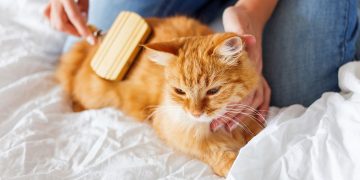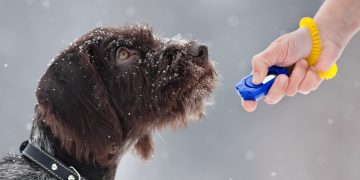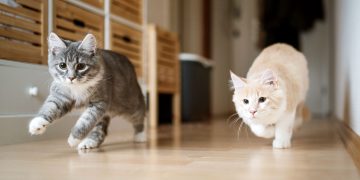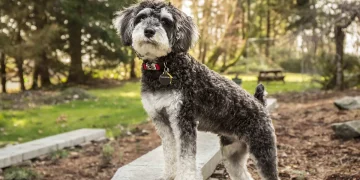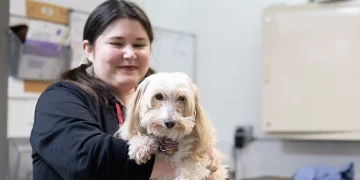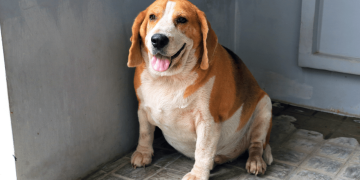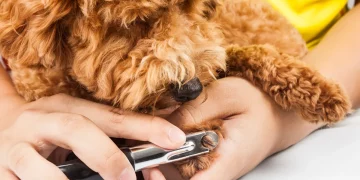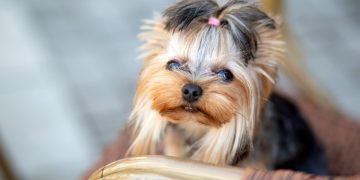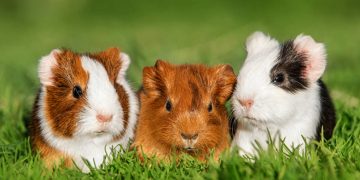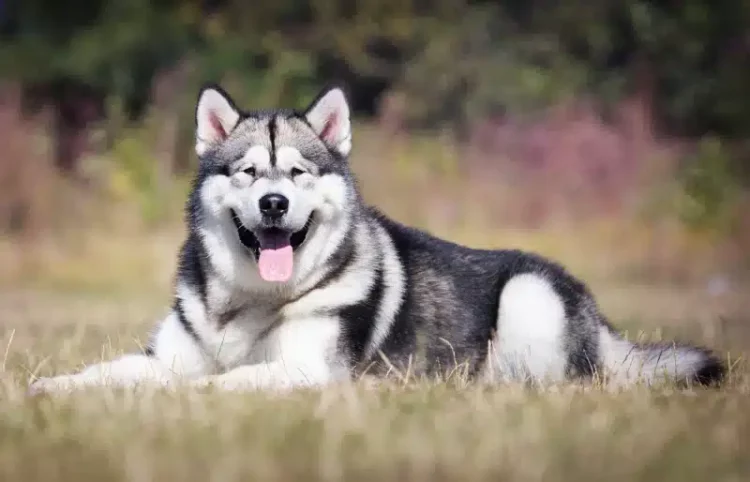The alaskan malamute may look like a wolf, but this large working dog is an Alaskan domestic breed with pointy ears, a stocky build, and a classic Spitz tail curved on its back. Valued for its strength and heart, this breed is popular with families and individuals with an active personality. Alaskan Malamutes were originally bred for various tasks required in their homeland, such as hunting polar bears and pulling heavy sleds. Alaskan malamutes are the result of crossbreeding of wolf dogs, a common misnomer. While the breeds we know today may have wolf ancestry, these dogs have been bred and raised in the North American tundra for centuries.
Despite their size and size, they are friendly and people-oriented – making them great family dogs, but poor guard dogs. Alaskan Malamute History Alaskan Malamute History Alaskan Malamute’s history begins in the North of America, it is a classic example of the synergy that exists between humans and animals, trying to survive the harshest conditions. The breed as we know it today was originally developed by the Malemeet Inuit tribe of northwest Alaska.
While it is believed that the breed may have developed with wolf bloodlines many generations ago, the sled dog is a domesticated dog that was bred by the Malamite Inuit tribe for centuries. The dogs were used by the natives of northwest Alaska to haul heavy sleds in groups, on expeditions to hunt seals and polar bears, or as bait when hunting bears. Their history of versatility and heavy workloads makes stability and strength the breed’s strong suits. This is in stark contrast to the smaller Siberian Husky, which was bred for speed when traveling long distances while pulling sleds.
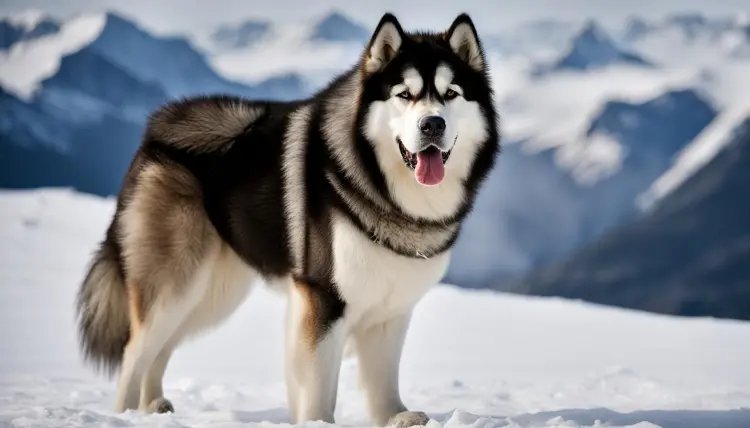
Alaskan Malamutes also went to work during the Klondike Gold Rush. While sailing the Klondike and mining for gold, prospectors recognized that the strength and stamina of these industrious canines was a real asset. Variations of the sled dog breed developed in the Arctic from Alaska to Greenland. In the 1920s, interest in competitive sled dog racing led to further breeding and development of these dogs. However, only one sled dog variant – the Kotzebue – received early AKC recognition in 1935. Although it was suitable for a wide range of tasks, the breed suffered a severe decline after World War II. In fact, some sources estimate that there were only 30 sled dogs in 1947. To ensure its viability, the AKC has expanded its recognition of the breed to include Hinman and ;Loot strains.
Today’s polar dogs are the result of domestication and breeding, and while they are majestic and wondrous creatures, their bloodline is pure dog (not half wolf). The Alaskan Malamute is widely exhibited at international dog show events, including the Westminster Kennel Club and the Crufts Dog Show of England. They compete in workgroups, and their majesty and sheer size are a commanding presence when they step into the ring. An oversized dog requires a significant investment of time and money, but the alaskan malamute will reward you as a lovely member of the family with a loyal temperament. These dogs are pack animals in need of strong leaders. When well-trained and given the necessary commitment from their owners, sled dogs are very affectionate and full of playful personality traits (though like their smaller Siberian Husky cousins, they can also be stubborn). One thing that might surprise you about Alaskan Malamutes is that they don’t just make great guard dogs. This breed has a naturally friendly nature that makes them see most strangers as friends rather than enemies. Of course, their intimidating size may be enough to deter would-be intruders.
Alaskan Malamute Care Alaskan Malamute Care
- Given their size and strength, you must provide your Alaskan Malamute with clear, firm leadership.
- This breed also requires a lot of grooming and physical activity to live a happy and healthy life. Probably one of the biggest challenges in grooming this breed is its extensive shedding. These dogs wear thick waterproof double coats with lots of hair. Be prepared to brush your dog’s teeth thoroughly at least a few times a week, although some recommend daily brushing (and vacuuming) to keep furry under control. Sled dogs shed their undercoat twice each spring and fall. During this period of severe shedding, you will need to brush your dog daily and use an undercoat rake to prevent stray fur from taking over your home. Training Without proper obedience training, the dominant nature of these dogs can cause them to push other pets. At times, they are known to be aggressive with children, but the vast majority of Alaskan Malamute owners find their dogs patient and loyal with their young children.
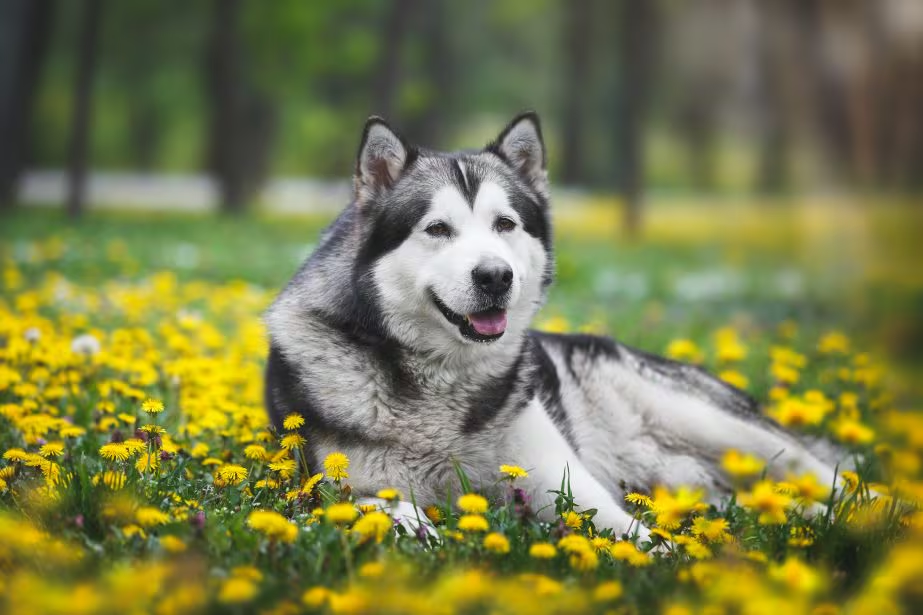
The best thing to do is to make obedience training a priority from puppyhood to raise a dog that respects and listens to you as it grows bigger and stronger. Common Health Issues Alaskan Malamutes are relatively healthy. Like most thoroughbreds, it requires attention to some genetic health conditions, as well as some other health conditions associated with the breed’s enormous size. There are some major issues that can be tested. Assessments recommended by the National Breed Club include hip, eye, and polyneuropathy DNA testing. A reputable breeder should provide clear test results for each litter of parents.
Some of the most common health problems with Alaskan Malamutes include:
- Cancer: Canine cancer affects many breeds of dogs. When found in a less severe stage, cancer can often be treated with chemotherapy, radiation, or surgery to remove the affected area.
- Elbow and hip dysplasia: These conditions can affect your dog’s joints as they mature. Dysplasia can sometimes be treated with physical therapy, but more severe cases may require surgery.
- Polyneuropathy: This neurological disorder causes the dog’s nerves to function abnormally.
- Hypothyroidism: Also known as hypothyroidism, hypothyroidism affects the body’s natural hormone regulation and causes metabolism to slow down.
- Daytime Blindness: Affects the cones of the eyes, a condition that can cause your dog to have poor vision or blindness outdoors and in bright areas.
- Von Willebrand disease: This disease impairs the blood’s ability to clot.
- Gastric distension-volvulus (GDV or Bloat): Large dogs are often prone to bloat, in which the stomach fills with gas and twists. Preventive surgery, called prophylactic gastrofixation, can be performed by your veterinarian. Diet and Nutrition For years of health and well-being, provide your Alaskan Malamute with a quality diet. These dogs are prone to overeating or bloating from swallowing food too quickly, so feeding several small meals a day rather than one or two large meals is recommended.



